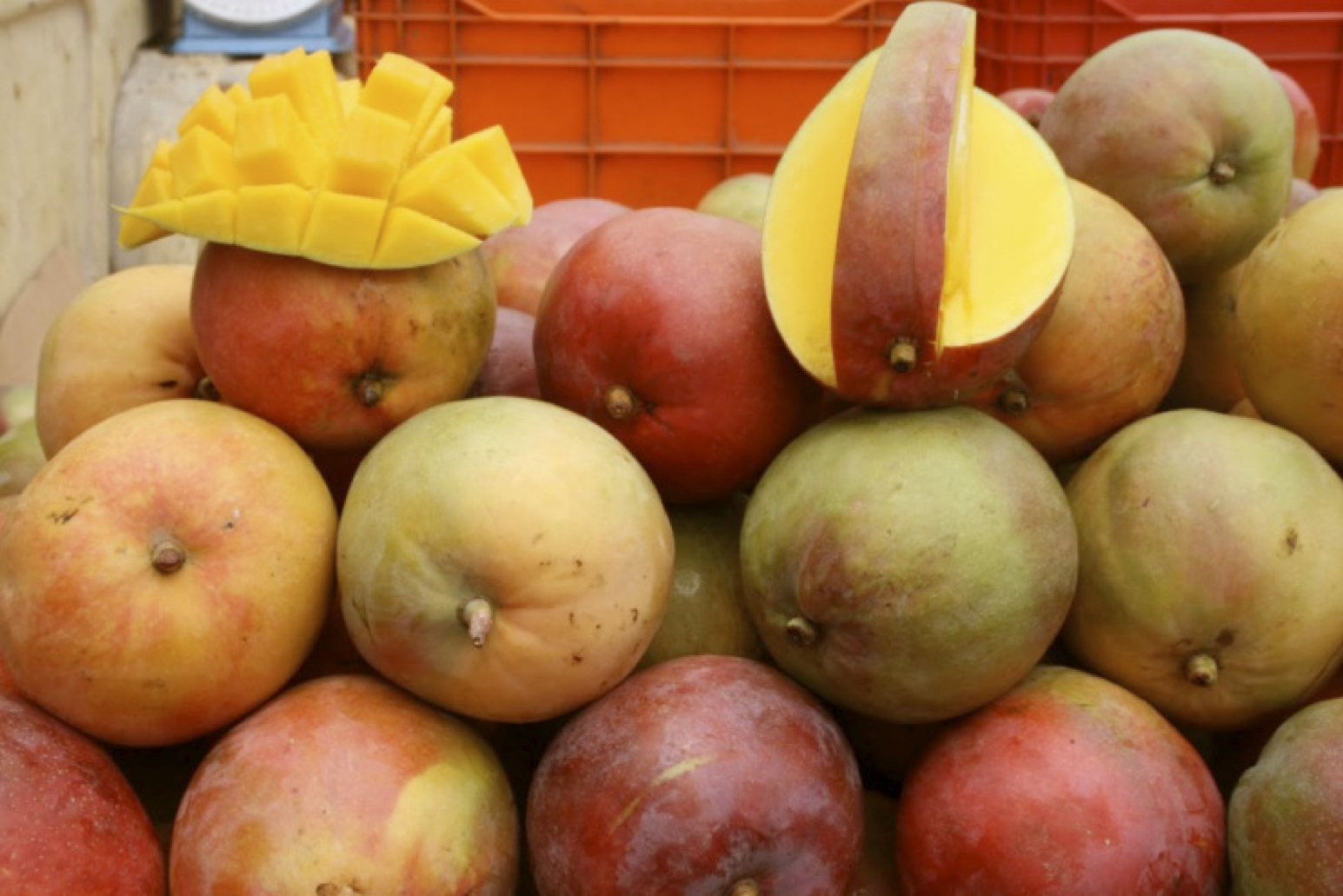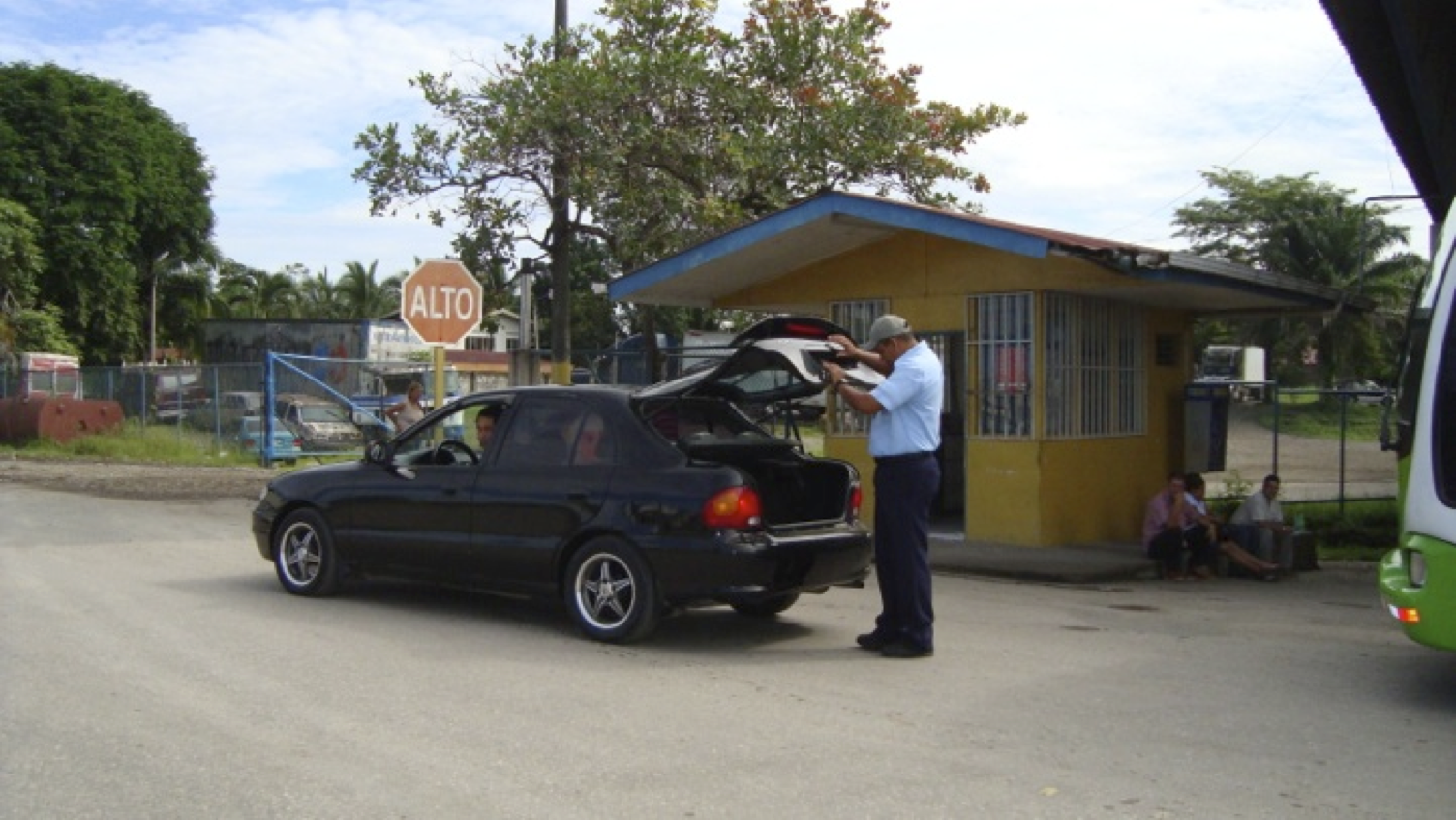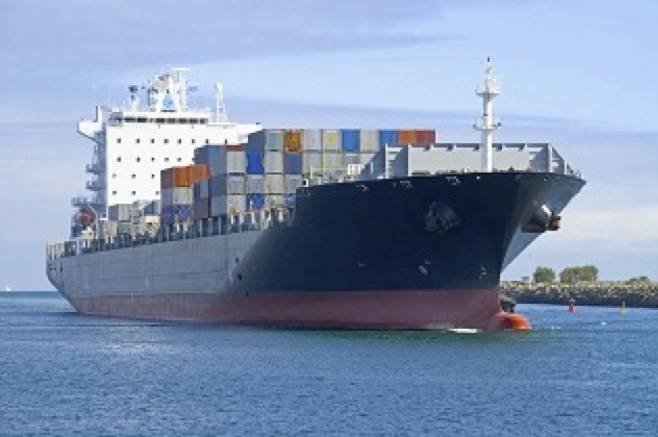Signed into law in 2005, the Dominican Republic-Central America-United States Free Trade Agreement (CAFTA-DR) was established to promote stronger trade and investment ties between the United States and several smaller American economies. In 2011, USAID selected SEGURA to undertake the evaluation of four projects to learn to what extent the Agency’s assistance programs had facilitated CAFTA-DR signatory countries’ compliance with provisions in Chapters 3, 4, 5, and 6 of the Trade Agreement, and improved trade across borders in the region, with the United States, and with other countries.
The projects evaluated were: (1) the CAFTA-DR Bilateral Trade Program in El Salvador implemented by Booz Allen Hamilton; (2) the Cooperative Agreement for Compliance with Rules of Origin (ROO) and Customs Procedures implemented by SIECA; (3) the CAFTA-DR Regional Trade Program Project implemented by Chemonics; and (4) the USAID-USDA Participatory Agency Program Agreement (PAPA) for Sanitary and Phytosanitary Standards (SPS).
SEGURA evaluators visited each of the six CAFTA-DR countries (Guatemala, Nicaragua, Honduras, El Salvador, Costa Rica, and the Dominican Republic) to conduct in-person interviews with government officials, project implementers, other donor organizations, NGO staff, individual enterprises, and other stakeholders. SEGURA was required to:
Evaluate the effectiveness of the implementing instruments in achieving their targets and goals;
Identify and prepare materials on success stories;
Compile best practices and lessons learned in all areas covered by the CAFTA-DR Program;
Provide recommendations for future interventions to overcome regional trade barrier improve trade flows, and increase incomes; and
Provide recommendations on what past and present interventions could have a direct or secondary impact on reducing poverty and improving food security and nutrition among the CAFTA-DR countries.
The evaluators used a results-matrix approach as a basic tool to guide the evaluation of the projects’ achievement of predefined targets and goals. Based on the verification of results achieved, SEGURA prepared a final report that identified success stories, documented best practices and lessons learned, and discussed the options for future interventions. SEGURA also produced project brochures and a web portal to share the success stories created in an easily digestible format. After presenting the findings of the initial evaluations, SEGURA’s contract was modified to include the design of a future USAID-funded regional trade and agriculture/food security activity, taking into account the recommendations SEGURA developed for using trade to improve food security in CAFTA-DR countries.
Client:
USAID
Year:
2011
Technical Areas:
Monitoring, Evaluation, and Learning
Region:
Latin America and the Caribbean
Location:
Guatemala, Nicaragua, Honduras, El Salvador, Costa Rica, Dominican Republic





